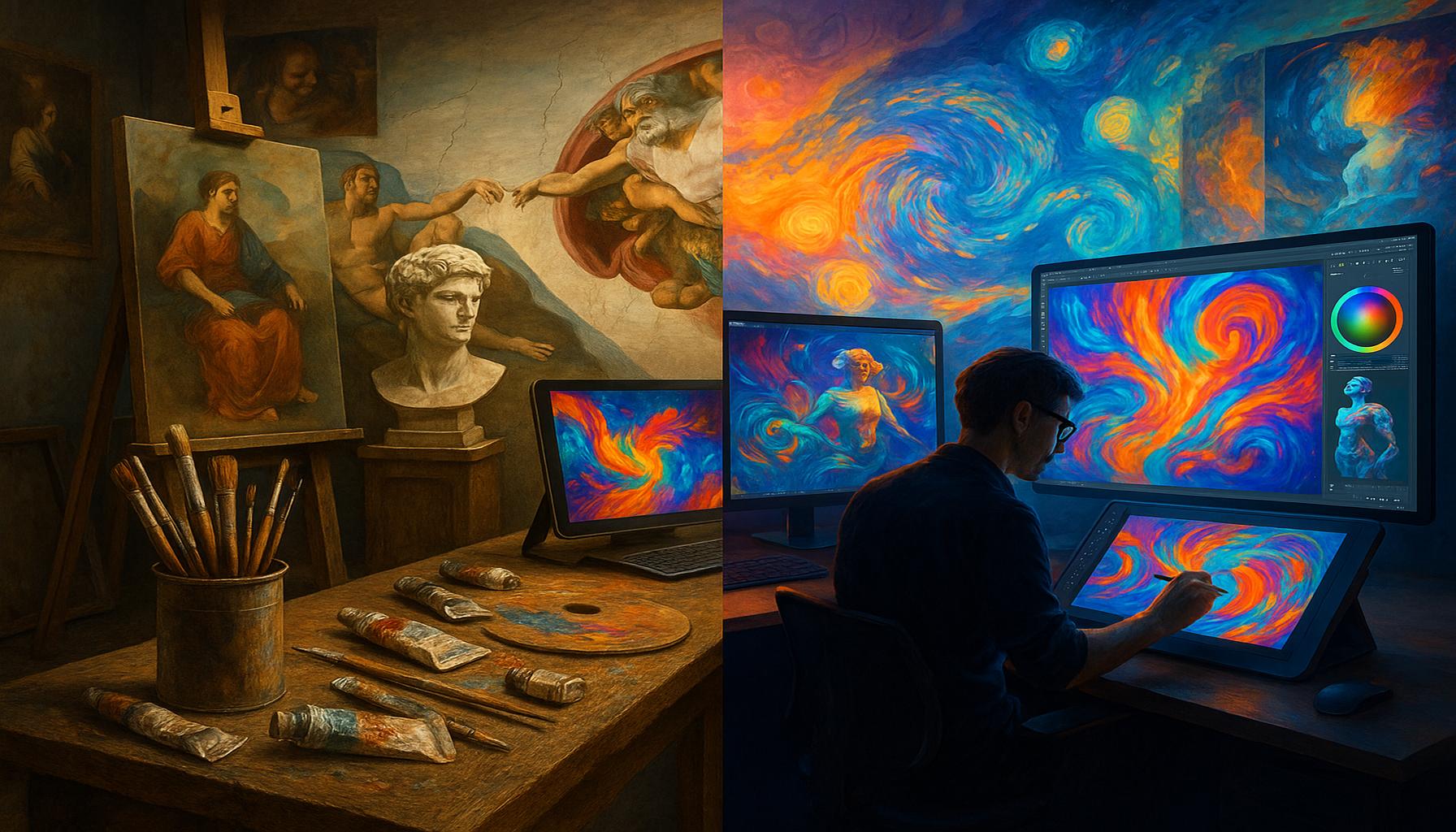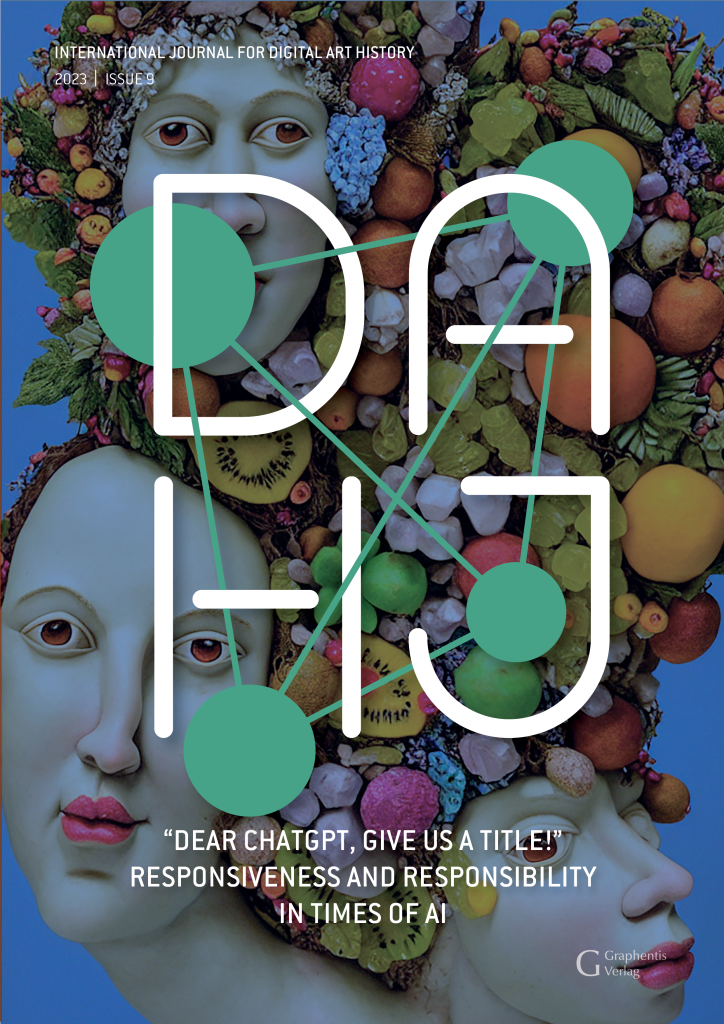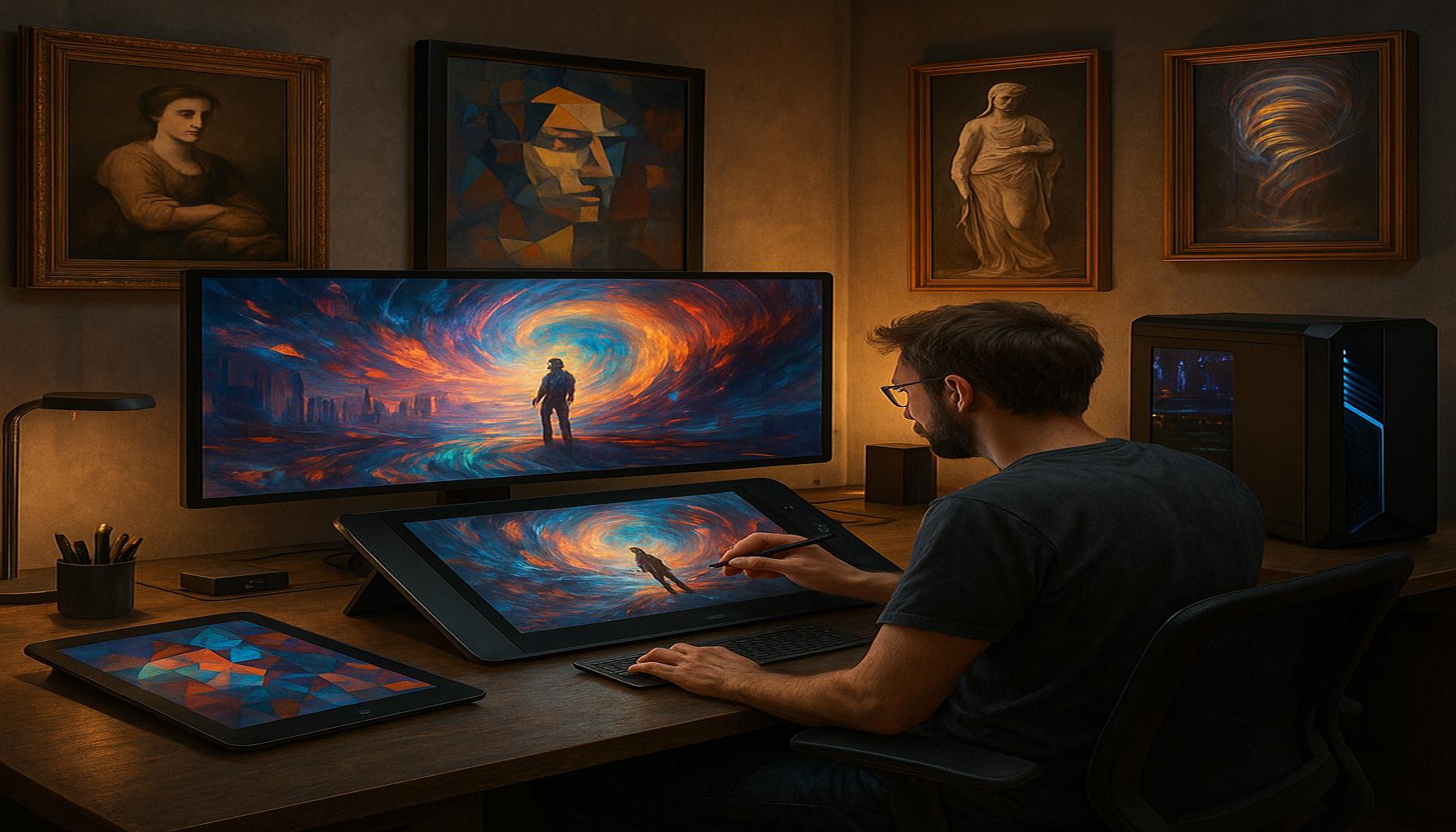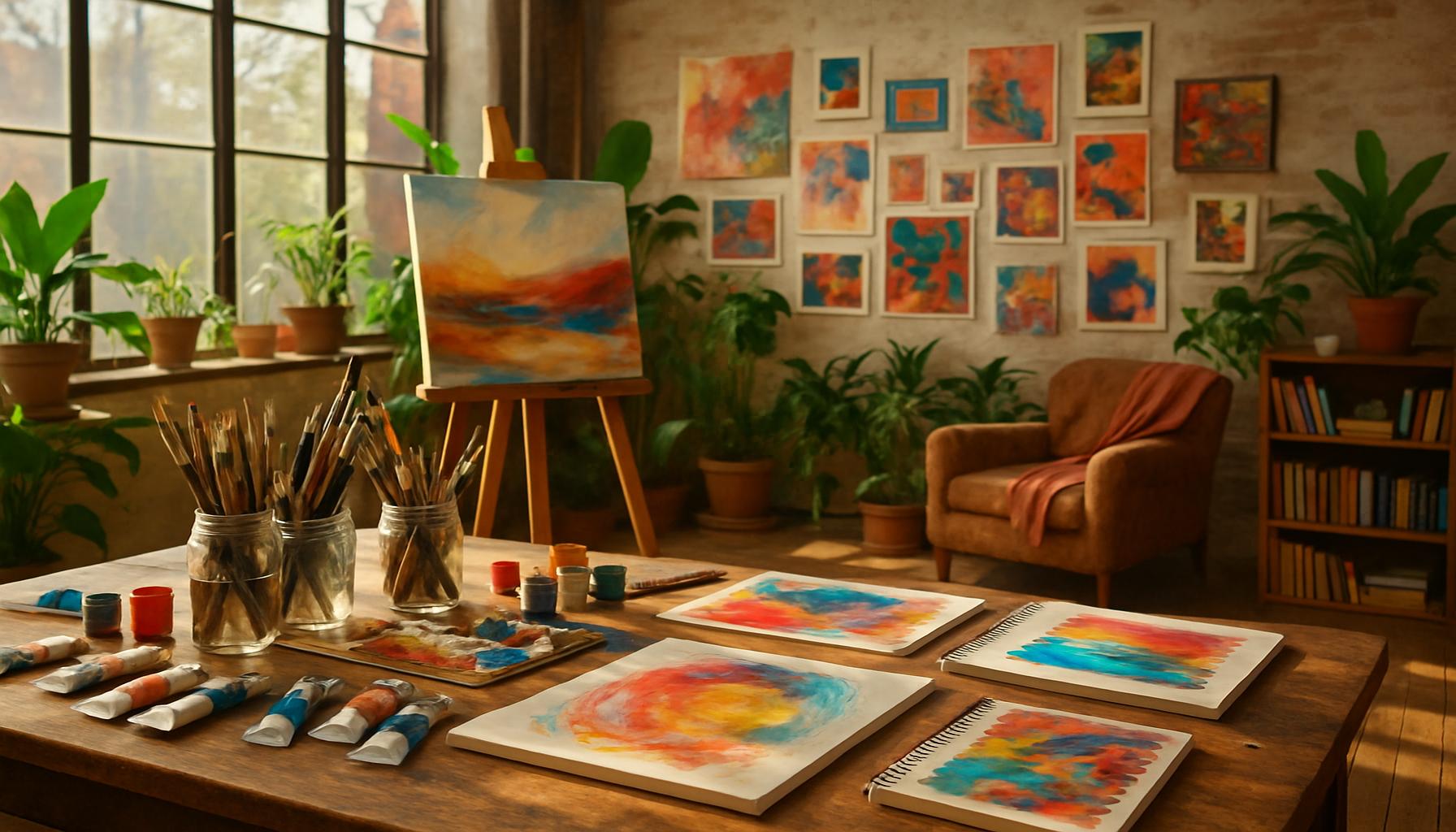Digital Art Evolution How Technology is Transforming Creativity

The Intersection of Technology and Creativity
In the ever-evolving landscape of creative hobbies, digital art stands out as a remarkable convergence of technology and imagination. With advancements in software, hardware, and online platforms, artists are redefining traditional notions of artistry. Today, it’s not just about brushes and canvas; it’s about pixels, algorithms, and digital tools shaping a new era of expression.
Why Digital Art Matters
The significance of digital art extends beyond mere aesthetics; it speaks to the heart of modern creativity. Here are a few reasons why it’s essential to understand its evolution:
- Accessibility: Digital tools have democratized art, making it available to a broader audience.
- Interactivity: Artists can engage with audiences in real-time, fostering collaboration and feedback.
- Innovation: Technology invites experimentation, pushing the boundaries of what art can be.
As we delve into the top 5 innovations that are shaping digital artistry today, prepare to discover how these advancements are not only transforming the way art is created but also revolutionizing our understanding of creativity itself.
The Evolution of Digital Art: How Technology is Transforming Creativity
Technological innovations have been a powerful catalyst in the evolution of digital art, influencing not only how creators express their ideas but also how they connect with audiences worldwide. In this article, we will delve into the transformation of creativity in the digital era, highlighting five key aspects that have been driving this evolution. Get ready for a fascinating journey into the heart of modern art!
5. Accessible Creation Tools
One of the most significant changes in digital art is the ease of access to creation tools. As technology has advanced, tools that once were exclusive to professionals are now available to amateurs and enthusiasts. Software such as Adobe Photoshop, Procreate, and platforms like Canva provide resources that were previously confined to expensive studios.

These tools have democratized the creation process, allowing anyone, regardless of their skill level, to explore their creativity. This shift has resulted in a surge of new voices in digital art, enriching the artistic landscape with a diversity of styles and approaches. The proliferation of user-friendly tools not only empowers individual expression but also breaks down barriers to entry, inviting a broader audience to participate in digital art.
- Adobe Photoshop
- Procreate
- Canva
- Corel Painter
- Clip Studio Paint
These tools provide a range of functionalities—from simple graphic design interfaces to complex painting applications that mimic traditional media closely. For instance, with layers and various brushes, professional-quality artworks can be created at home, encouraging experimentation and innovation.
4. The Influence of Social Media
With the rise of social media platforms like Instagram and Pinterest, digital artists are more exposed than ever. These platforms have become vital spaces for sharing and promoting works, generating connections, and creating opportunities. Artists use social networks not only to showcase their work but also to build communities and interact with their followers.
The immediacy of social media allows for real-time feedback, which can be a significant motivator for creatives. Moreover, viral sharing capabilities afford artworks a chance to reach global audiences, transforming local artists into international phenomena. This shift in the dynamic of art sharing has redefined what it means to be an artist in the digital age.
Hashtags and trending challenges have also created a means for artists to engage with broader themes or social issues, contributing their unique perspectives to global conversations. This organic spread of art fosters a sense of community and showcases the collective power of social networks as a canvas for artistic dialogue.
3. Integration of Emerging Technologies
Technology is continuously advancing, and with these advances come new opportunities for digital artists through augmented reality (AR) and virtual reality (VR). These technologies expand creative possibilities by allowing artists to create immersive experiences that go beyond the traditional screen.
Additionally, artificial intelligence (AI) is beginning to play a significant role in digital art. AI-powered tools can help artists generate ideas quickly, suggest color palettes, or even create compositions based on user preferences. This blend of emerging technologies is crafting a new ecosystem where creativity can flourish in incredible ways.
Artists are leveraging these technologies to push the boundaries of storytelling, creating narratives that audiences can not only see but experience. For instance, AR can overlay digital art onto physical environments, transforming spaces and offering interactive encounters that enhance the viewer’s experience.
2. Collaborative and Interactive Art
The digital era has also brought significant changes in how artists collaborate. With platforms like GitHub, artists can work together on projects, innovating in ways that were not possible before. The concept of artistic collaboration has become more fluid, permitting different disciplines to merge—such as music, graphic design, and programming.
Interactive art, on the other hand, enables the audience to partake in the creative experience, transforming viewers into co-authors. Examples include digital exhibitions where works can be altered by the audience, making art a dynamic and engaging experience. This new model of interaction is creating a dialogue between creator and audience, making art even more accessible and meaningful.
As audiences engage more deeply with art, they add to the art piece itself, creating a living canvas that reflects both the artist’s and the audience’s intent. This synergy between viewer and creator represents a radical departure from traditional art forms where the artist’s vision alone was final.
1. Globalization of Digital Art
At the top of our list is the globalization of digital art. The internet has not only made creation tools more accessible but has also enabled artists from diverse cultures and backgrounds to converse with each other. Digital art, therefore, has become a reflection of global cultural richness, with diverse styles and themes emerging from different parts of the world.
This cultural exchange uniquely influences artistic production, allowing artists to blend local traditions with contemporary techniques. The result is digital art that transcends borders, celebrating diversity and innovation. Globalization also allows works by emerging artists to gain recognition and value in international circuits.
Such an interconnected environment encourages cross-cultural collaborations and fosters an appreciation for varied artistic expressions. Artists draw inspiration globally, leading to a more enriched and varied creative ecosystem where traditional and modern elements come together, setting new trends and redefining art itself.
In conclusion, as technology continues to advance, the landscape of digital art will surely become even more intriguing and multifaceted. This evolution reflects not only technological progress but also the boundless potential of human creativity, opening doors to unexplored realms of expression and connection.
| Category | Key Features | Advantages | Disadvantages | Beneficiaries |
|---|---|---|---|---|
| Interactive Art | Utilizes technology to create immersive experiences that react to viewer input. | Engages audiences on a deeper level, allowing for personal connections and unique interactive experiences. | Requires technical resources that may not be accessible to every artist, potentially limiting participation. | Viewers who appreciate dynamic experiences, as well as artists looking to innovate. |
| Digital Painting | Incorporates software to simulate traditional painting techniques, offering tools like layers and undo options. | Offers flexibility in creating, enabling artists to experiment without the fear of permanent errors. | May lack authenticity compared to traditional media, which some critics argue diminishes the skill of the artist. | Artists of all levels aiming to explore modern techniques or transition from traditional methods. |
| 3D Modeling and Animation | Employs computer-generated imagery (CGI) to create three-dimensional objects and characters. | Enhances storytelling across various mediums, including games, films, and virtual reality. | High learning curve and production costs may deter emerging artists from participation. | Content creators and filmmakers looking to innovate, as well as enthusiasts in the gaming industry. |
| Digital Collage | Combines various digital elements, often from different sources, to create new artworks. | Encourages creativity by allowing artists to blend styles and techniques effortlessly. | Copyright issues can arise from using content not owned by the artist, complicating legal standings. | Artists who wish to explore mixed media or social commentary through visual arts. |
Frequently Asked Questions on the Evolution of Digital Art
What is digital art, and how has technology influenced its growth?
Digital art refers to artistic works or practices that use digital technology as an essential part of the creation or presentation process. Over the years, advancements in technology have greatly influenced its growth. Technologies like graphic design software, tablets, and virtual reality have enabled artists to explore new dimensions and forms. These tools not only extend creative possibilities but also democratize art-making by providing access to sophisticated techniques previously unreachable to many.
How has the rise of NFTs impacted the digital art market?
The advent of Non-Fungible Tokens (NFTs) has revolutionized the digital art market by providing artists with unprecedented opportunities. NFTs allow for the ownership of digital art to be tokenized on blockchain, which guarantees authenticity and uniqueness. This has opened up a new marketplace where digital artworks can be bought and sold as valuable commodities. It enables artists to earn royalties on subsequent sales and has brought digital art into the limelight, attracting investors and collectors who previously focused on traditional art forms.
What role does artificial intelligence play in digital art creation today?
Artificial Intelligence (AI) is playing an increasingly vital role in digital art. Artists are utilizing AI to generate artworks through algorithmic processes, often leading to unexpected and groundbreaking results. AI can analyze vast amounts of data to create unique visual patterns or mimic art styles, sometimes even collaborating with artists to develop hybrid art forms. This technology challenges traditional notions of authorship and creativity, sparking debates on the essence of art itself.
Is the accessibility of digital art changing how art is distributed and consumed?
Absolutely, the accessibility of digital art is transforming its distribution and consumption. With the internet as a platform, digital art can reach global audiences instantly, breaking down geographic and economic barriers. Social media and online galleries have made it possible for artists to showcase their work directly to an audience, bypassing traditional gatekeepers like galleries and art fairs. This shift is leading to a more inclusive dynamic in the art world, where diverse voices can be heard and appreciated.
Conclusion: The Dynamic Transformation of Digital Art
The evolution of digital art is not just a tale of technological advancement but a compelling narrative of how creativity is being reshaped in the modern era. Throughout our exploration of this topic, we’ve seen how technology has not only expanded the tools available to artists but also redefined what it means to create art. This transformation has led to unprecedented levels of experimentation and innovation.
Foremost, the advent of sophisticated software and hardware has granted artists the freedom to express ideas in new and uncharted ways. Whether it’s through digital painting, 3D modeling, or interactive installations, the creative landscape is more vibrant than ever. Furthermore, the rise of virtual and augmented reality has introduced entirely new dimensions to the artistic experience, challenging traditional perceptions of art and engaging audiences in deeply immersive environments.
Moreover, digital platforms have revolutionized how art is shared and consumed. Social media and online galleries have not only democratized art distribution but have also fostered global artistic communities. This connectivity empowers artists from diverse backgrounds to influence and inspire each other across borders, cultivating a rich tapestry of global creativity.
As technology continues to advance, the boundary between the digital and physical realms of art will further dissolve, offering artists infinite possibilities. The ongoing dialogue between technology and creativity will shape the future of artistic expression, pushing us to continually rethink our assumptions about art.
In conclusion, the intersection of technology and creativity is transforming the world of digital art into a dynamic and ever-evolving field. The importance of embracing these changes cannot be overstated, as they represent not only new tools for expression but also new ways of understanding the world and ourselves. For those engaged in creative hobbies, it is an invitation to explore the limitless potential of digital creativity and to continue pushing the boundaries of artistic innovation.


